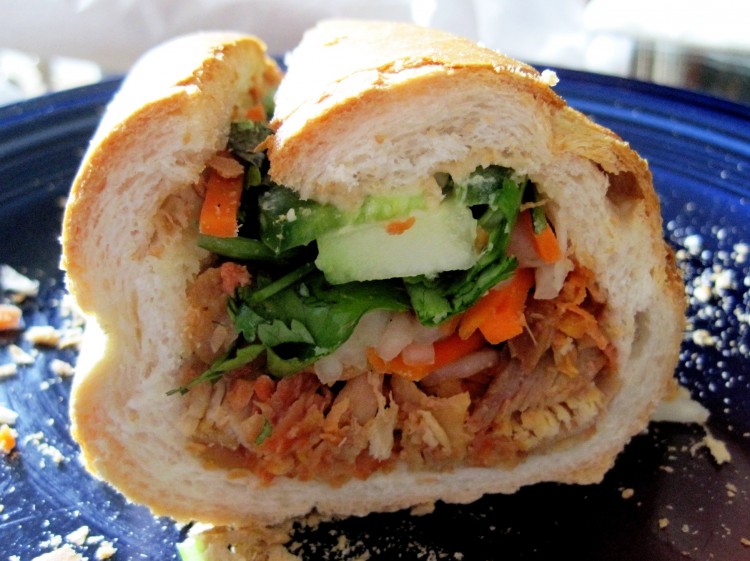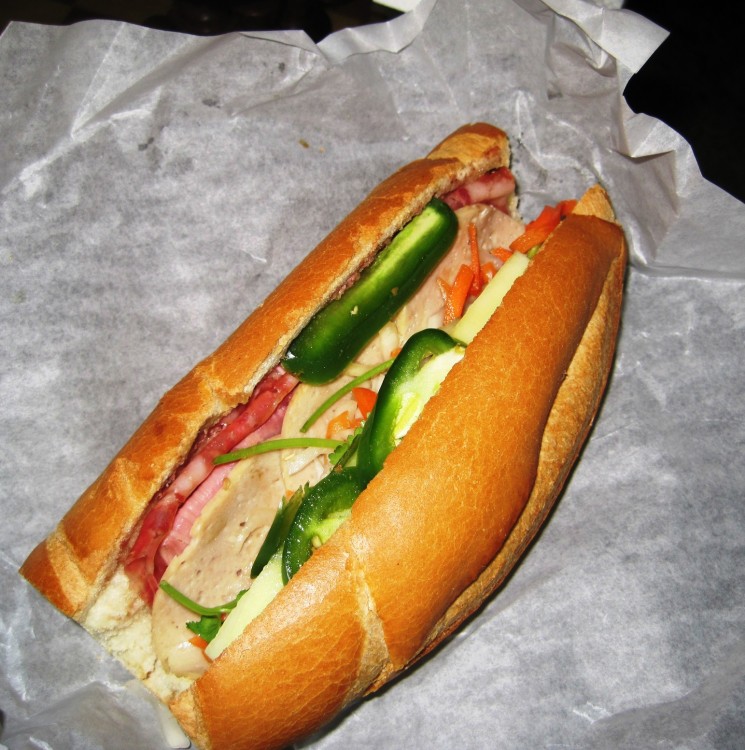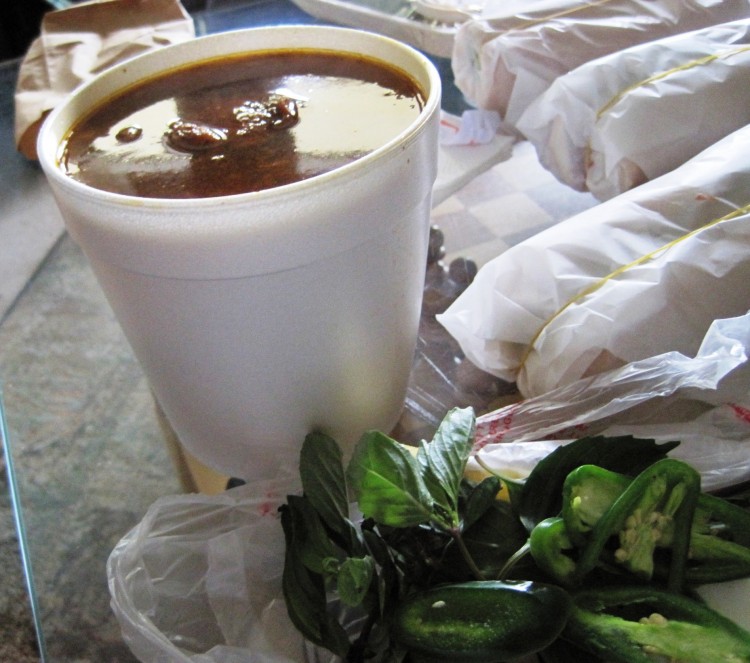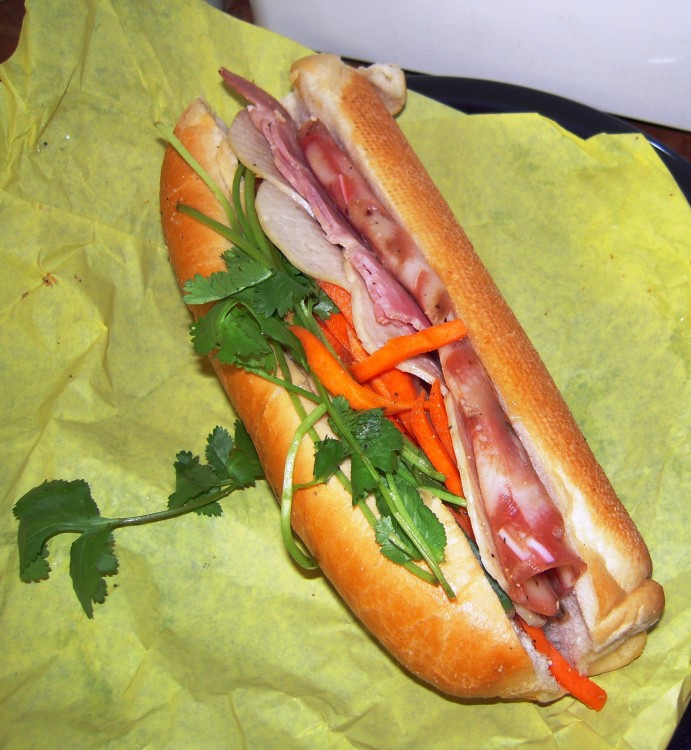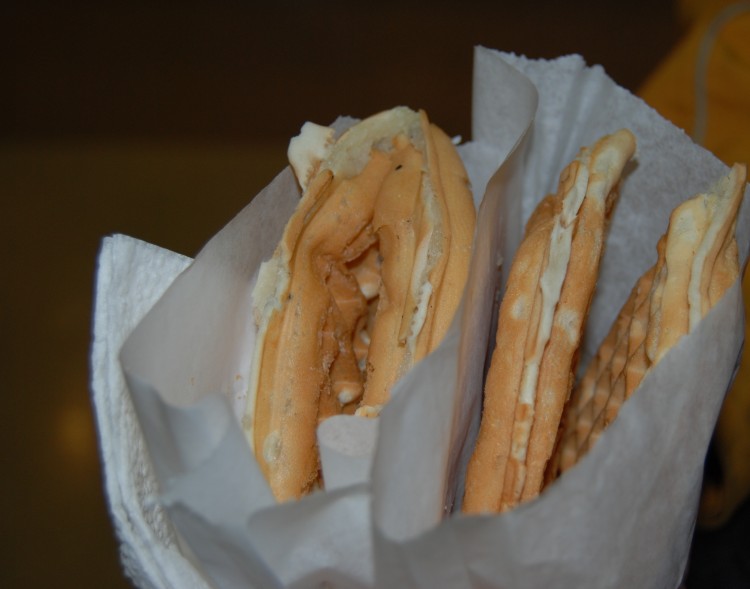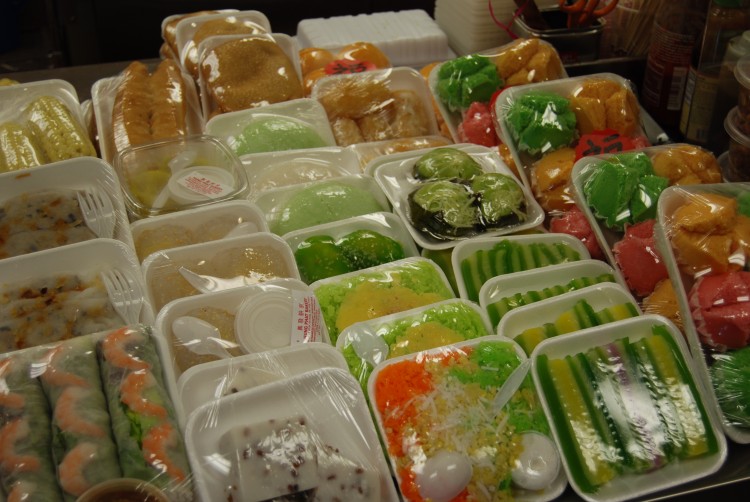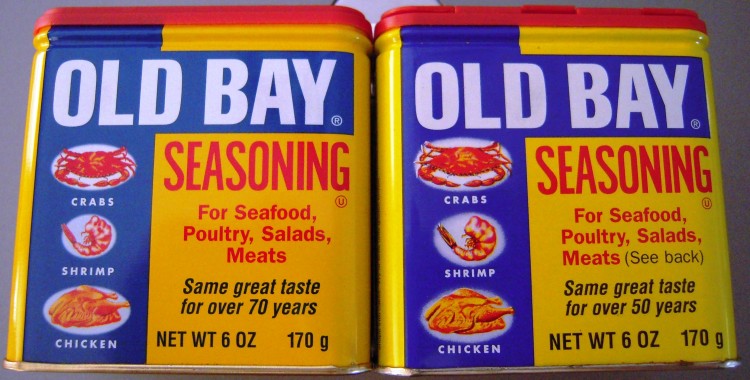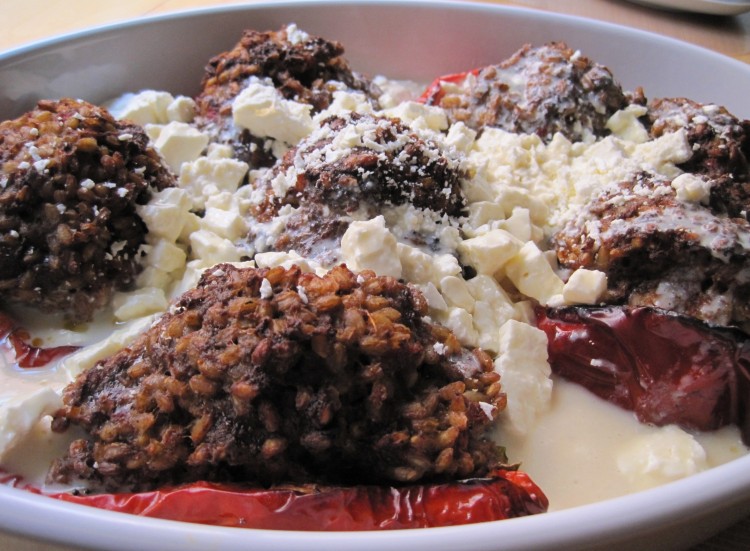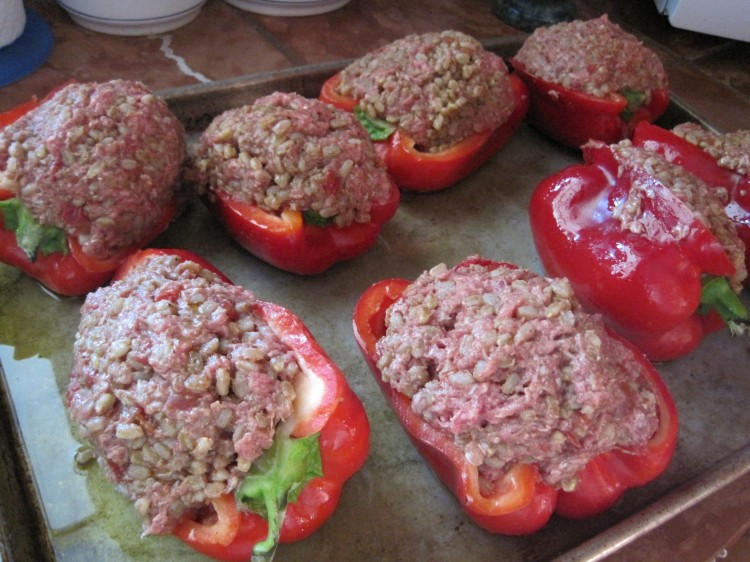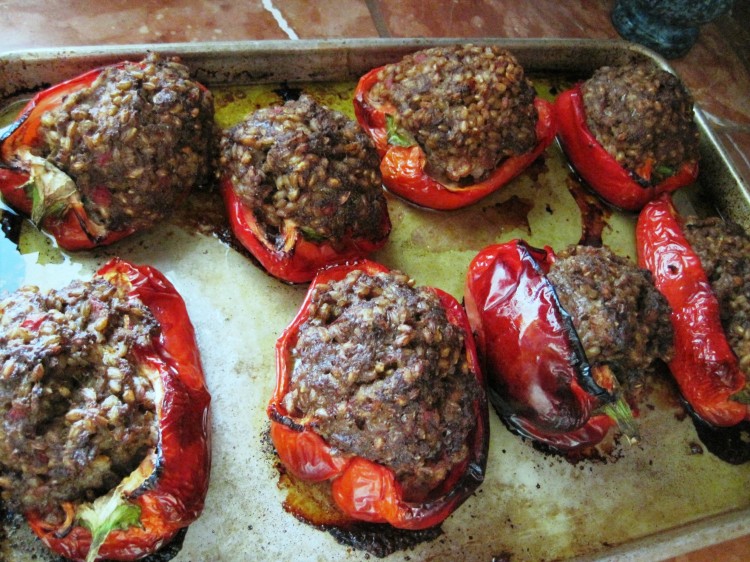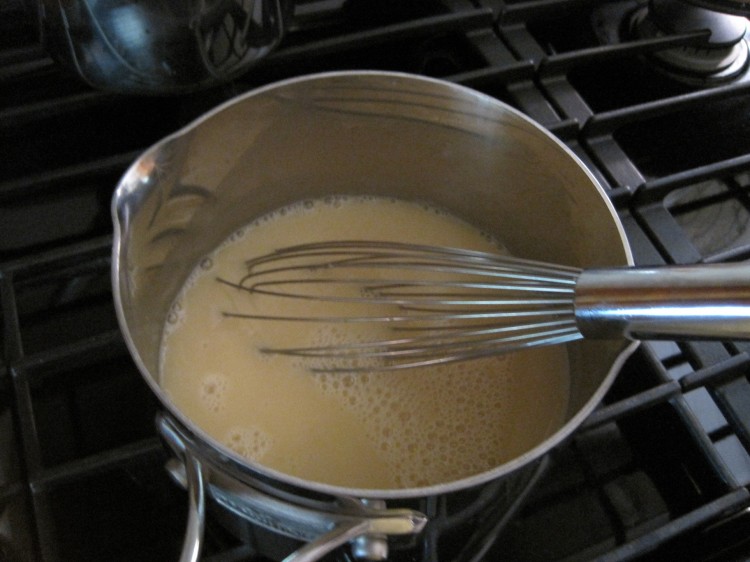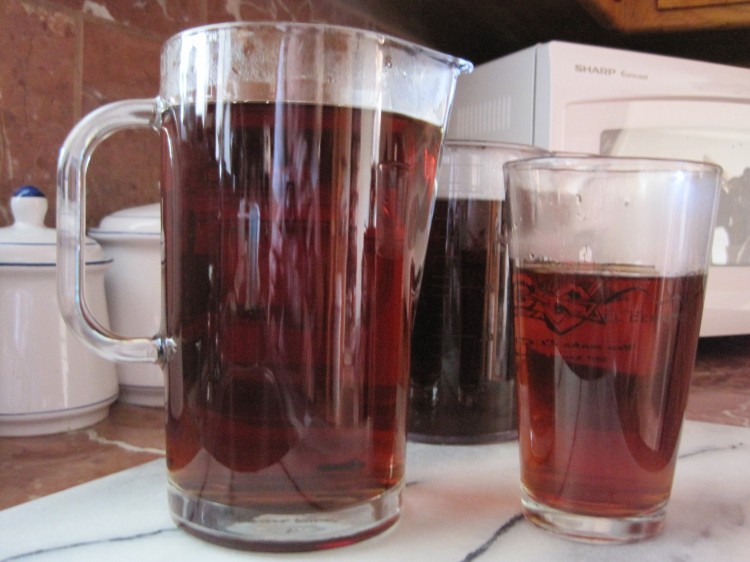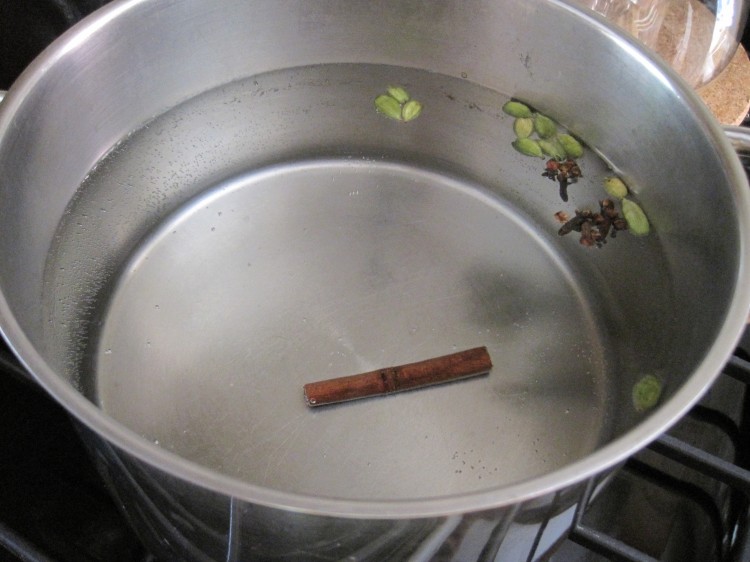![whole-acme-whitefish-2-09-237x750[1] A whole smoked whitefish from acme smoked fish corp in brooklyn](https://www.akitachow.com/wp-content/uploads/2010/12/whole-acme-whitefish-2-09-237x7501.jpg)
5 December 2010
Costco Wholesale Corporation
Attn: Customer Service
P. O. Box 34331
Seattle, WA 98124
Re: Lack of Acme Fish Corporation’s smoked whitefish products at your Richmond, California, store
Dear Costco:
It’s me, your biggest fan.
I’m wondering why you pulled the rug out from under my supply of smoked whitefish. Clearly you don’t understand what kind of hardship this presents.
I’ve lost hope in terms of the smoked whitefish salad, which you had for some eighteen glorious months several years ago. Those two-pound tubs for $7.99 made me scoff at local bagel stores hawking the exact same stuff for upwards of $15 a pound. The laugh was on me, though, Costco, when I had to go crawling back to them.
Oh, sure, you sometimes have the whole smoked whitefish, but, like a parochial schoolgirl in a short plaid skirt, you’re a tease.
Costco, you know I love you. I always talk you up to my friends, even when you hurt me. I love you even though I understand you conduct random drug tests on your employees, which I believe to be a violation of Fourth and Fourteenth Amendment rights—but I’m willing to look past that and dip a toe into the waters of hypocrisy because you carry such excellent cheeses. Your inexpensive Prosciutto di Parma, #10 cans of Rokeach gefilte fish, environmentally-friendly cleaning products and Very Berry Sundae have me all wrapped up.
Why can’t you justify my love with a consistent supply of whole smoked whitefish, at least, if you can’t manage to carry the salad?
Some of us on this side of the bay don’t or can’t drive on freeways or bridges and cannot easily get to the San Francisco Costco. Our friends are tired of being asked to schlep these products to us.
Give an ex-New Yorker with a Jewish husband and German mother a break. Exes from South Florida, La La Land, Northern Europe and other appetizing-rich locations now living in the Oakland-to-Richmond corridor of the East Bay would appreciate it, too.
Costco, I believe you have spies people in cyberspace keeping track of what is said about you and your products. I think they might even comment now and again to diffuse negative criticism. I can’t prove it, but the analytics for my website, as well as a few suspicious comments, point in that direction.
I know you didn’t like it when I said the dressings provided with some of your in-store prepared wraps are too viscous because you use gums. I don’t think you liked that at all.
I’m hoping the gentle criticism I offer now and then won’t have a negative effect on my smoked whitefish request.
To remind you, these products are marketed under the Blue Hill Bay label and come from Acme Smoked Fish Corporation in Brooklyn. I also provided a photo of a whole smoked whitefish at the top of this post for your convenience.
I won’t be sending this letter through the mail because you’ll be aware of it in very little time anyway.
With best wishes for a wonderful holiday,
The Akitachow household
PS: I’m assuming you’ll be handing out free cookbooks and samples of your caramel apples and peppermint bark throughout December, but could you possibly have someone there cutting up a whole prosciutto on the afternoon of 9 December?

